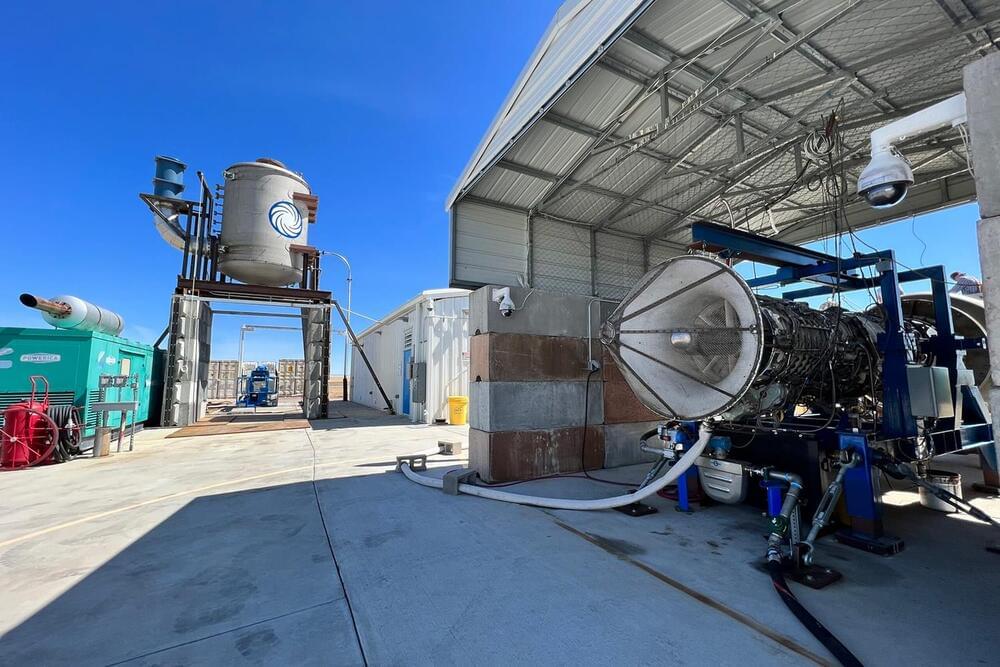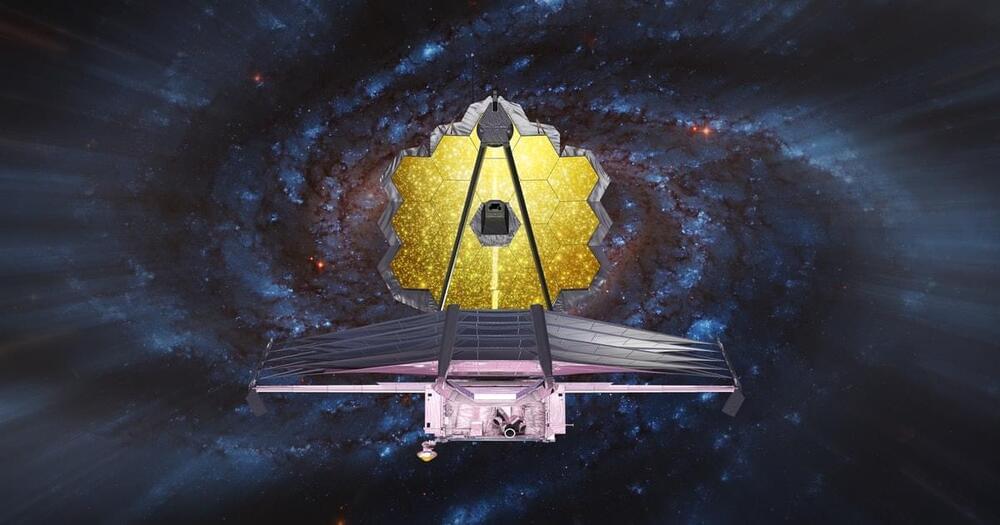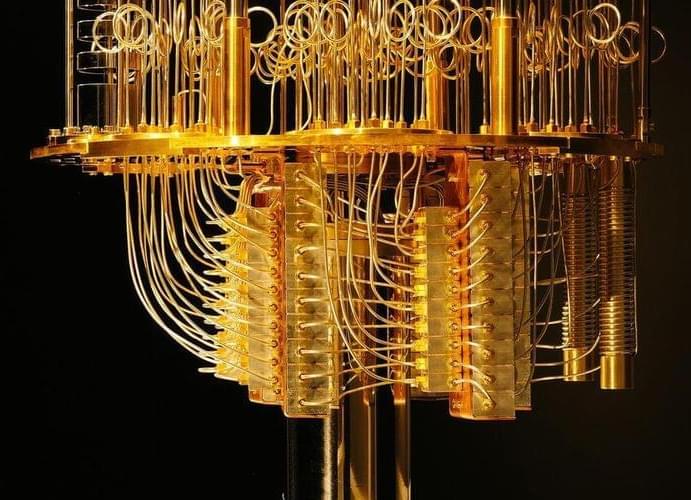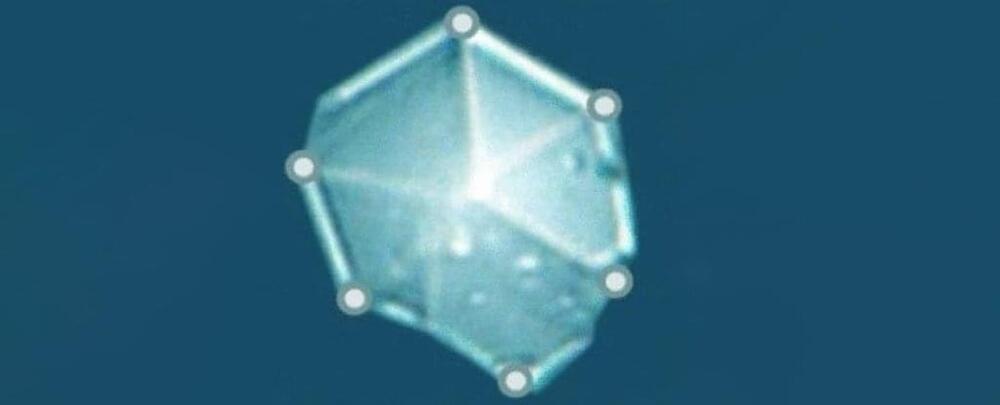Jul 11, 2022
The stabilizing effect of vertical east-west oriented PV systems
Posted by Shubham Ghosh Roy in category: food
German researchers have looked at how vertical PV systems could provide more electricity during periods of higher demand, while enabling a higher level of integration with agricultural activities.


















